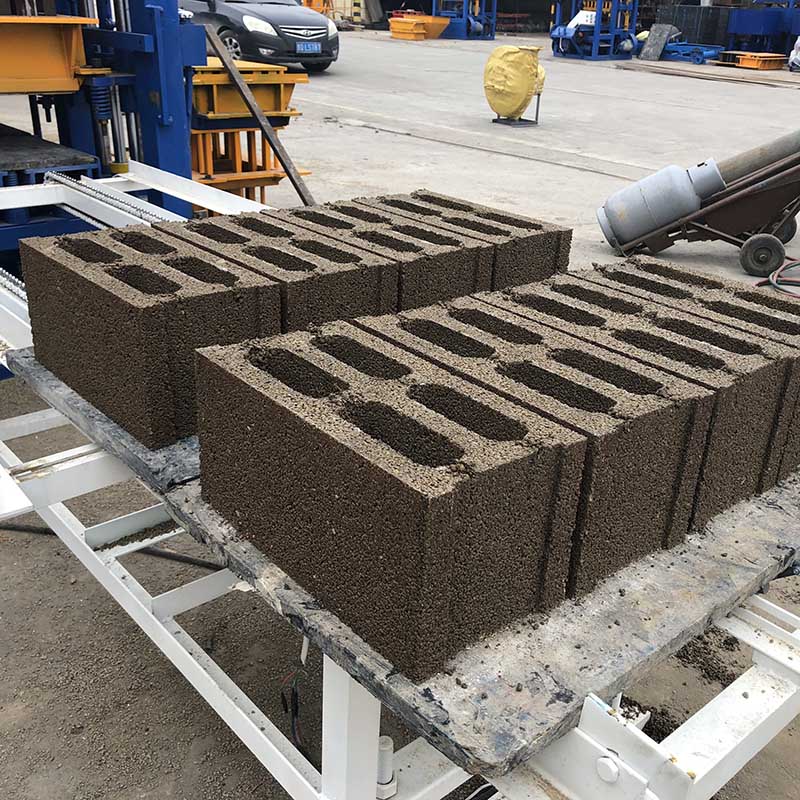
image source: Aiwei block machine
Introduction
In Kenya, a country known for its rich cultural heritage and diverse landscapes, local communities are finding new pathways to empowerment through innovative means. Brick making machines have emerged as a catalyst for change, empowering these communities by creating economic opportunities, addressing housing needs, fostering sustainability, and contributing to the nation’s growth. This article explores the profound impact of brick making machines on local communities in Kenya, shedding light on how these machines are transforming lives and shaping a more vibrant future.
1. Addressing Housing Challenges
Housing is a fundamental human need, and Kenya faces a shortage of affordable and sustainable housing options, especially in urban areas. Brick making machines have risen to the challenge by offering a solution that meets both the demand for housing and the need for environmentally friendly construction practices.
- Affordable Construction: Brick making machines enable the production of cost-effective building materials, making homeownership more accessible to a wider population.
- Sustainable Housing: The use of locally sourced materials and efficient production methods align with sustainable construction practices, ensuring that homes are built with a reduced carbon footprint.
2. Local Entrepreneurship and Economic Growth
Brick making machines in Kenya are not just tools for construction; they are also vehicles for entrepreneurship and economic advancement.
- Job Creation: Operating and maintaining brick making machines requires a skilled workforce, creating job opportunities and driving economic growth at the community level.
- Entrepreneurial Ventures: Local individuals can start their own brick manufacturing businesses, contributing to the local economy while gaining financial independence.
3. Skill Development and Capacity Building
Brick making machines offer a platform for skill development and capacity building, which are vital components of sustainable community development.
- Technical Skills: Operating and maintaining brick making machines require specialized technical skills, fostering a pool of skilled labor in the community.
- Empowerment: Skill development empowers individuals to take charge of their livelihoods and contribute meaningfully to community development.
4. Contributing to Infrastructure Development
Community infrastructure, such as schools, clinics, and community centers, is essential for a thriving society. Brick making machines play a role in constructing these crucial facilities.
- Affordable Construction: By producing building materials locally, brick making machines reduce the cost of infrastructure development, allowing communities to allocate resources more efficiently.
- Community Pride: Infrastructure built using locally produced bricks fosters a sense of ownership and pride among community members.
5. Environmental Stewardship
Kenya, like many countries, faces environmental challenges such as deforestation and pollution. Brick making machines offer a sustainable alternative to conventional brick production methods.
- Reduced Deforestation: Locally produced bricks reduce the demand for timber, contributing to the preservation of forests and natural habitats.
- Waste Reduction: Brick making machines optimize raw material usage, minimizing waste and conserving valuable resources.
6. Enabling Sustainable Communities
Sustainability is not just about environmental responsibility; it also encompasses social and economic aspects. Brick making machines enable the creation of sustainable communities in various ways.
- Local Solutions: Locally produced building materials empower communities to become self-reliant, reducing the dependence on external resources.
- Resilience: Sustainable communities are better equipped to withstand challenges and adapt to changing circumstances, contributing to long-term stability.
7. Fostering Cultural Preservation
In Kenya, where cultural diversity is celebrated, brick making machines can contribute to preserving architectural traditions and cultural identity.
- Customization: Brick making machines can produce bricks tailored to local architectural styles, preserving cultural heritage in modern construction.
- Sustainable Cultural Practices: The use of locally sourced materials and sustainable construction techniques aligns with traditional practices that prioritize harmony with nature.
Conclusion: A Journey of Empowerment
Brick making machines in Kenya are not just technological innovations; they represent a journey of empowerment that transforms lives, uplifts communities, and contributes to the nation’s progress. By addressing housing needs, promoting entrepreneurship, fostering skill development, and aligning with sustainable practices, these machines become agents of change that resonate far beyond construction sites. In Kenya’s dynamic landscape, brick making machines are building more than just structures; they are building a stronger, more resilient, and empowered future for local communities.